Are smart bullets the future of precision warfare?
- By Travis Pike
Share This Article
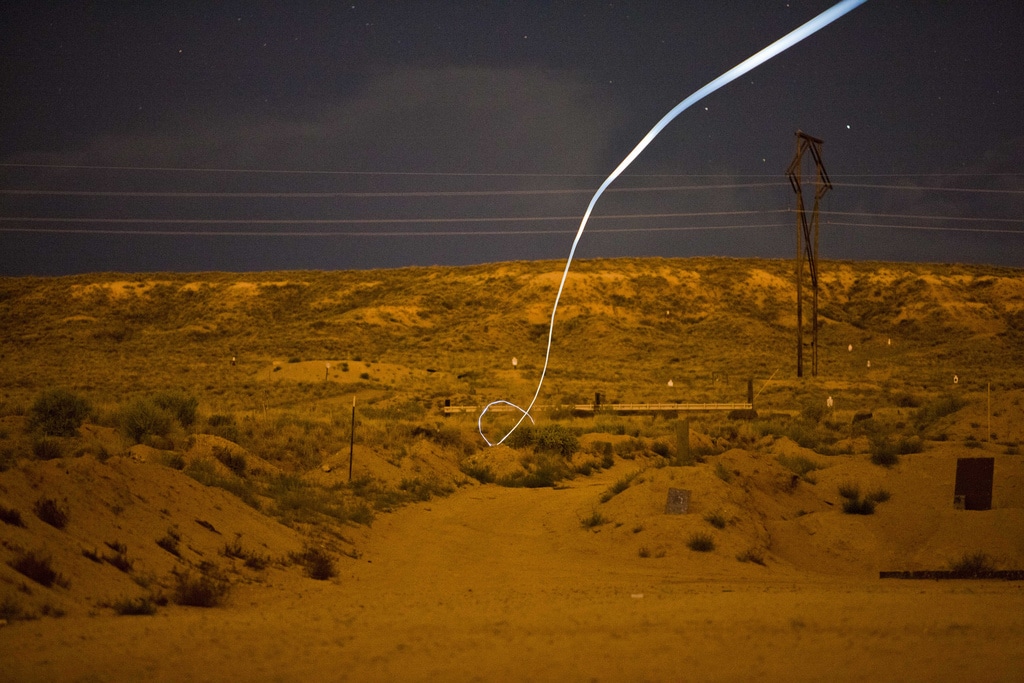
Smartphones, smartwatches, smart scopes, but what about smart bullets? If DARPA, aka the Defense Advanced Research Projects Agency, has its way, smart bullets will become a very real thing. DARPA manages and oversees several projects that aim to increase the efficiency of the United States military through technology. They work with universities and private companies to produce some truly high-tech projects.
Smart bullets have been on the menu since 2014. The idea behind guided munitions isn’t new. Guided munitions are game changers that made the military a much more effective and lethal fighting force. Even your average grunt has access to guided anti-armor assets via TOW and Javelin missiles. However, shrinking guided munitions down to bullet size presents quite a challenge. There isn’t much room to work, but that doesn’t mean the possibility isn’t apparent.
Before we dive into that, why would someone even want smart bullets to begin with?
Benefits of smart bullets

The most obvious answer is accuracy. A guided smart projectile allows each round to be more accurate. The more accurate a weapon is, the more lethal it can be. Beyond offensive combative measures, guided smart bullets can be used to defeat future threats from swarming UAVs to incoming missiles. We already use weapons like the 20mm Phalanx CIWS, for example, to defend ships from missiles.
There is also a safety aspect to the use of smart bullets. Yep, I said it, safety. During the 20 years of the GWOT, warfare occurred close to or in the midst of the civilian population. Troops found themselves in situations where their deadliest weapons couldn’t be used due to potential civilian casualties. If you have a truck full of bad guys, a LAW or AT4 makes short work of them; however, the chance of civilian casualties means those weapons often can’t be used.
Guided, non-explosive projectiles can eliminate the threat without substantial risk to civilians. Additionally, projectiles from 50-caliber weapons can travel quite a ways and still maintain enough energy to kill. Being able to guide those big bullets will limit the potential for friendly fire and civilian incidents.
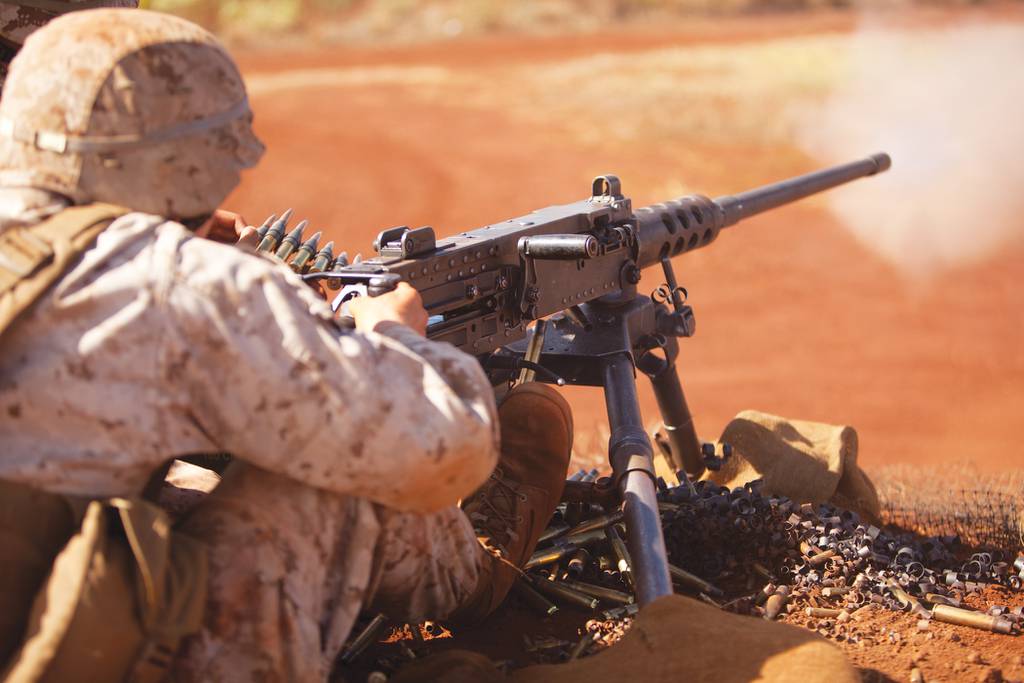
The downsides are obvious: The biggest is price. The costs of these rounds haven’t been revealed, but it’s unlikely to be cheap. These will be munitions designed for specialized tasks and not general issue items, at least not for some time. Second, cartridges are rather small. It’s tough to fit the tech necessary into your average infantry rifle caliber, so the guided munitions will be limited to large, powerful platforms like anti-material rifles.
Related: Why is the Glock 19 pistol the favorite of the world’s most elite forces?
Smart bullets currently available
As of this writing, smart bullets aren’t being deployed. They are still in the relatively early phases of life, but we’ve seen three emerge that show great promise. We’d see two traditional bullets in rifles, and the third is designed for ship deck guns.
EXACTO
EXACTO stands for Extreme Accuracy Tasked Ordnance. DARPA worked to develop these cartridges, and video evidence has shown the cartridges work. These are 50-caliber projectiles fired from the Army’s standard Barrett M107 rifle. DARPA keeps a tight lid on the tech and capabilities, as you’d imagine.

We know that the EXACTO smart bullets will utilize a complete system to function. This included a high-tech scope that provided the information needed to direct the projectile. The videos DARPA has released have shown the rounds hitting moving targets with ease.

Sure, it’d be easy to pick off enemy soldiers with this tech, but I can see its application beyond that. EOD can use the rounds to disable explosives, snipers can easily disable thin-skinned vehicles, and if you move it to a machine gun, you could lay down devastating suppressive fires.
Sandia National Labs Guided Bullet
Sandia National Labs began its own production of a self-guided 50-caliber round. However, this seems to be not only a unique round but a unique rifle too. The self-guided projectile makes use of a laser designator. The laser tells the projectile where to go, and this allows the user to divert the round or track a moving target.

The rifle has a smooth bore, and the bullet will be equipped with an optical sensor and a counterbalancing mass along with stabilizing strakes. Interestingly enough, according to Sandia National Labs, the flight tests can be conducted with commercial off-the-shelf components. The downside may be the laser’s effective range, but that remains to be seen.

It could be interesting, especially if the laser and shooter could be separate. An infantryman with eyes on the target could designate it for a sniper to take out via laser. Also, could one laser guide multiple projectiles? It’s interesting and might be a more cost-effective infantry option.
MAD-FIRES
This system isn’t your traditional “smart bullet” if such a thing exists. MAD-FIRES stands for Multi-Azimuth Defense Fast Intercept Round Engagement System and it’s designed for 57mm deck guns. These deck guns hold 1,000 rounds of ammo and can fire 200 rounds per minute.
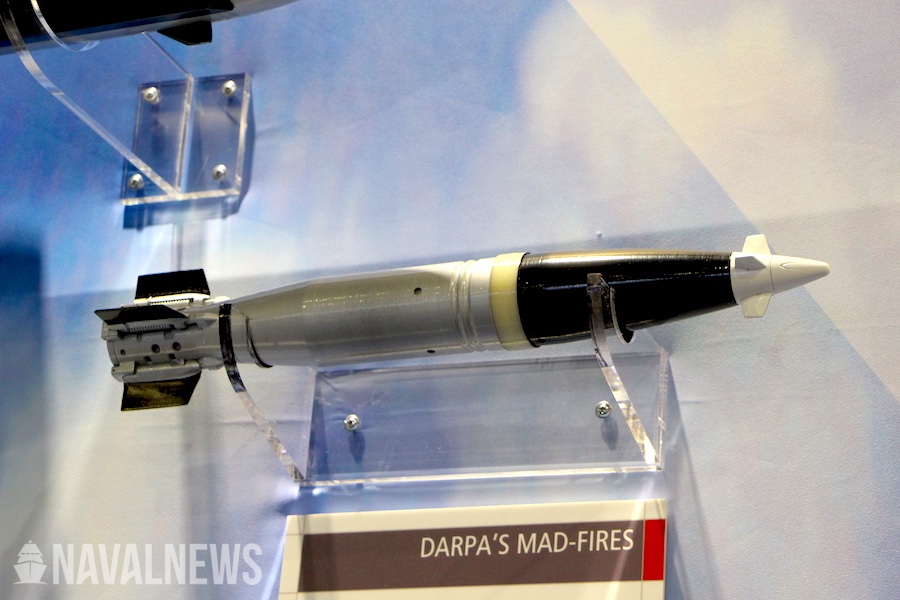
This offers smart bullets that can target, track, and engage multiple targets, even if they are moving. Imagine a swarm of drones attacking a ship, for instance. The MAD-FIRES system could decisively cut them down.
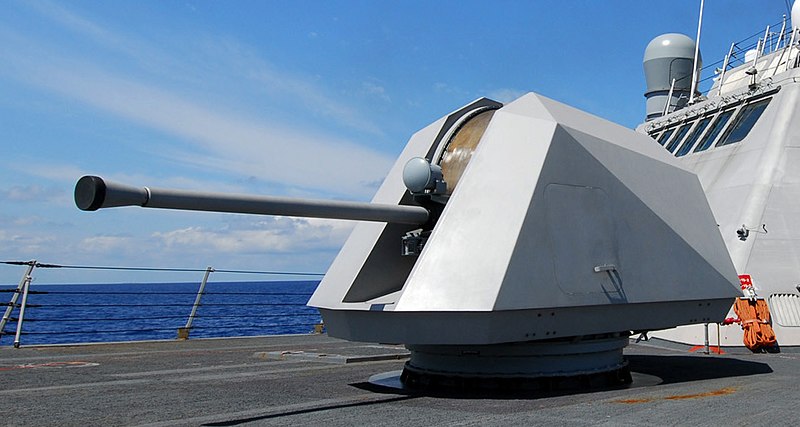
This system makes use of the deck gun’s large capacity and rate of fire. It’s smaller and more efficient than a missile, and 57mms is a fair amount of room to fit some of the more impressive tech.
Staying smart
Smart bullets are just one of many projects DARPA is engaged with. I imagine they have jet packs and lightsabers back there too. Well, hopefully. Regardless, smart bullets could provide a new surgical option for snipers, infantrymen, and naval personnel. I’m excited to see where the project will go and how our troops can benefit from it.
Read more from Sandboxx News
Related Posts
Sandboxx News Merch
-

‘Sandboxx News’ Dad Hat
$27.00 Select options This product has multiple variants. The options may be chosen on the product page -

‘AirPower’ Golf Rope Hat
$31.00 Select options This product has multiple variants. The options may be chosen on the product page -

F-35 ‘Lightning’ Framed Poster
$45.00 – $111.00 Select options This product has multiple variants. The options may be chosen on the product page

Travis Pike
Travis Pike is a former Marine Machine gunner who served with 2nd Bn 2nd Marines for 5 years. He deployed in 2009 to Afghanistan and again in 2011 with the 22nd MEU(SOC) during a record-setting 11 months at sea. He’s trained with the Romanian Army, the Spanish Marines, the Emirate Marines, and the Afghan National Army. He serves as an NRA certified pistol instructor and teaches concealed carry classes.
Related to: Gear & Tech

The Switchblade, loitering munitions, and the new terrifying face of warfare

5 ways to prepare and survive the Marine Corps boot camp
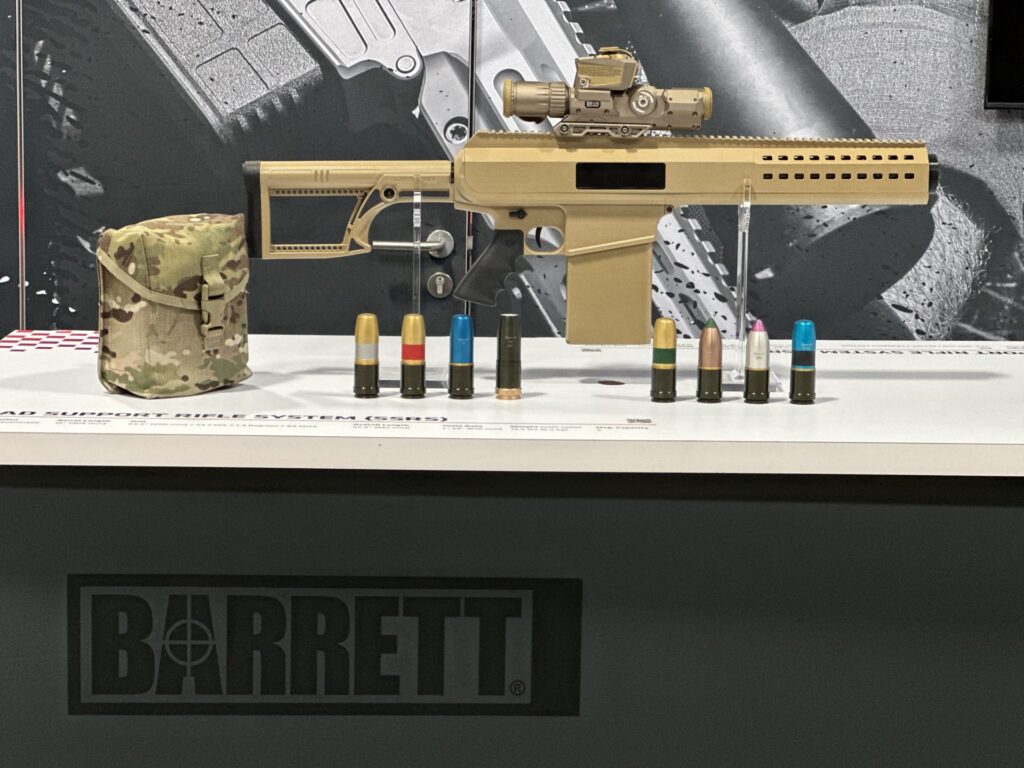
Barrett’s Squad Support Rifle System will make infantry squad deadlier
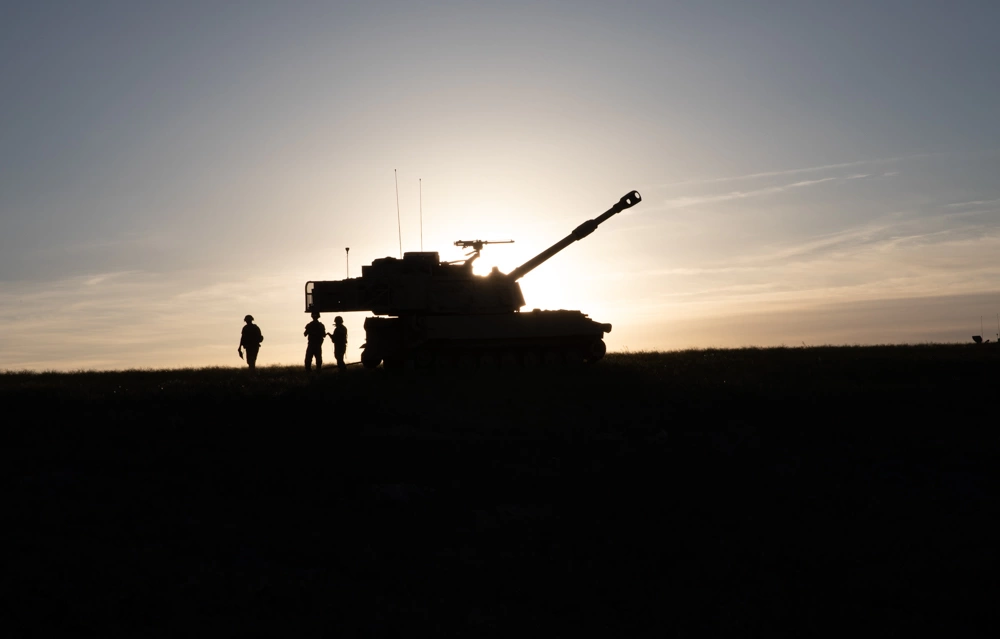
The unique world and uses of howitzers
Sandboxx News
-

‘Sandboxx News’ Trucker Cap
$27.00 Select options This product has multiple variants. The options may be chosen on the product page -

‘AirPower’ Classic Hoodie
$46.00 – $48.00 Select options This product has multiple variants. The options may be chosen on the product page -

‘AirPower’ Golf Rope Hat
$31.00 Select options This product has multiple variants. The options may be chosen on the product page -

‘Sandboxx News’ Dad Hat
$27.00 Select options This product has multiple variants. The options may be chosen on the product page
